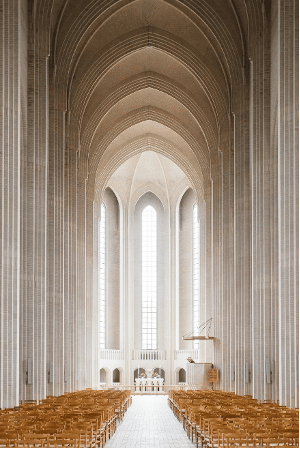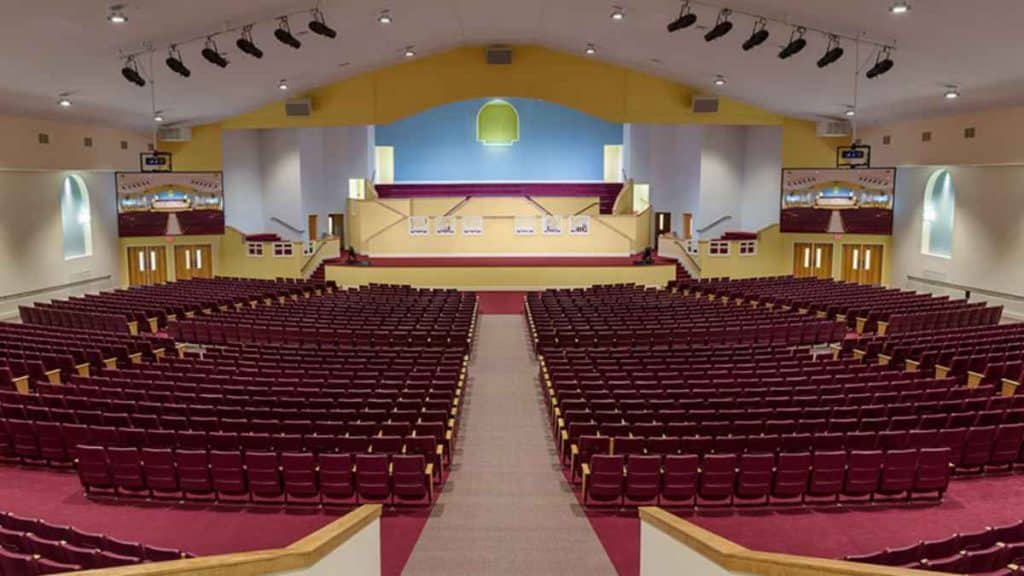Managing a non-profit organisation can be tricky. You have so many angles to cover to ensure you stay within the law, and run it so that it doesn’t collapse financially. One of the most important aspects is looking after your assets, especially your building.
What are the aspects you need to consider? Maintenance, not for profit public liability insurance, ensuring that public safety notices are regularly maintained, and much more.
This article will cover some of the most important aspects you need to consider in looking after your building. Let’s get you started on the right track.

Maintenance
Maintenance can be a really laborious part of looking after your business. However, if you have the tools and equipment, the know-how and the right attitude, it can be an interesting.
Firstly, you need a checklist of everything that needs attending to. Also have an efficient scheduling system. This will ensure that you check and maintain everything regularly and on time, helping you implement preventative maintenance.
Safety Equipment and Installations
Most importantly, you need to check your safety equipment and installations. Fire hydrants and fire hoses must be checked at least on a yearly basis to make sure they are functioning properly. The cabinet itself has to be inspected every year. You have to get professional firemen to do so.
You also need to inspect the fire sprinklers and gas cut-out valves, as well as possible flood defences where relevant.
Roofing
One of the most essential aspects of your building maintenance will be checking your roof. If your roof is sound, then much of your building is protected. A building will need a new roof every 20 years or so, depending on the type of roof. If it’s flat concrete, you can check for cracks, and make sure it has walkways for workmen to protect the roof from wear.
Replace tiles, fix leaks, and make sure your building stays warm and dry.
Walls
Check for cracks and mould on a continual basis. Structural damage can occur even if you don’t see the effect immediately. For example, if a car crashes into your building, you might not be aware of internal damage until the building collapses. But small cracks can act as valuable clues.
Water and Leakages
Check for water leakages on a regular basis too. They need to be addressed at once, because they can cause great damage to buildings, and sometimes lead to having to abandon the building completely. You also have to check the pipes and get the plumbers in straight away if you suspect blockages or leaks. Leaving a plumbing problem can lead to immense damages and expenses.
In this category, we’ll also mention air conditioning. This needs to be checked regularly, and the filter changed, so the system doesn’t lead to contaminated air being circulated in the building.
Electricity
It’s essential to check the electrical wiring and sockets regularly. Sometimes mice or rats get into small spaces you can’t see into and eat the wires. That would create havoc wherever the power outlet is, and can cause a machine or piece of equipment to malfunction.
Call an electrician if you suspect any problems.
Security Systems
Since churches often have valuable equipment inside, they’re targets for criminals. Make sure your burglar bars, security beams and alarms are in proper working order every day. Someone tampering with them is all too possible, and you want to ensure the building is safe from theft and vandalism at night.
Check locks on doors and gates, and fix any broken parts at once.
Insurance
When looking for insurance, it would really be best to look for a church insurance company. They understand non-profits and churches need unique assistance, different to that of other clients.
You’ll need to insure your building against fire and floods and other acts of God, but also against liability for any incidents where people are involved. For example, if scaffolding collapses and injures people, or the fire sprinklers suddenly activate for no reason and a person slips on the water, you need cover for it all.
Maintaining Public Safety
Some of the tips for maintaining public safety are:
- You need to be sure that you clear all passage- and doorways on a regular basis. It’s dangerous having a chair with a pile of books in the middle of a fire-escape.
- Make sure the fire escape doors work.
- Have clear exit signs in case of fire.
- Make sure the First Aid Room is clearly marked.
- Check that there are no cords, loose tiles, or loose carpets—anything that could lead to tripping—on the floor.
- Ensure that slippery surfaces are clearly defined. For example, when washing the floors, have a yellow sign marking the area clearly.
Final Thoughts
Looking after a church’s building can be demanding and time-consuming. However, with the correct building manager at the helm, you’ll be sure to navigate all the above obstacles and more with considerable ease and efficiency.
What else do you believe should be on your checklist?


